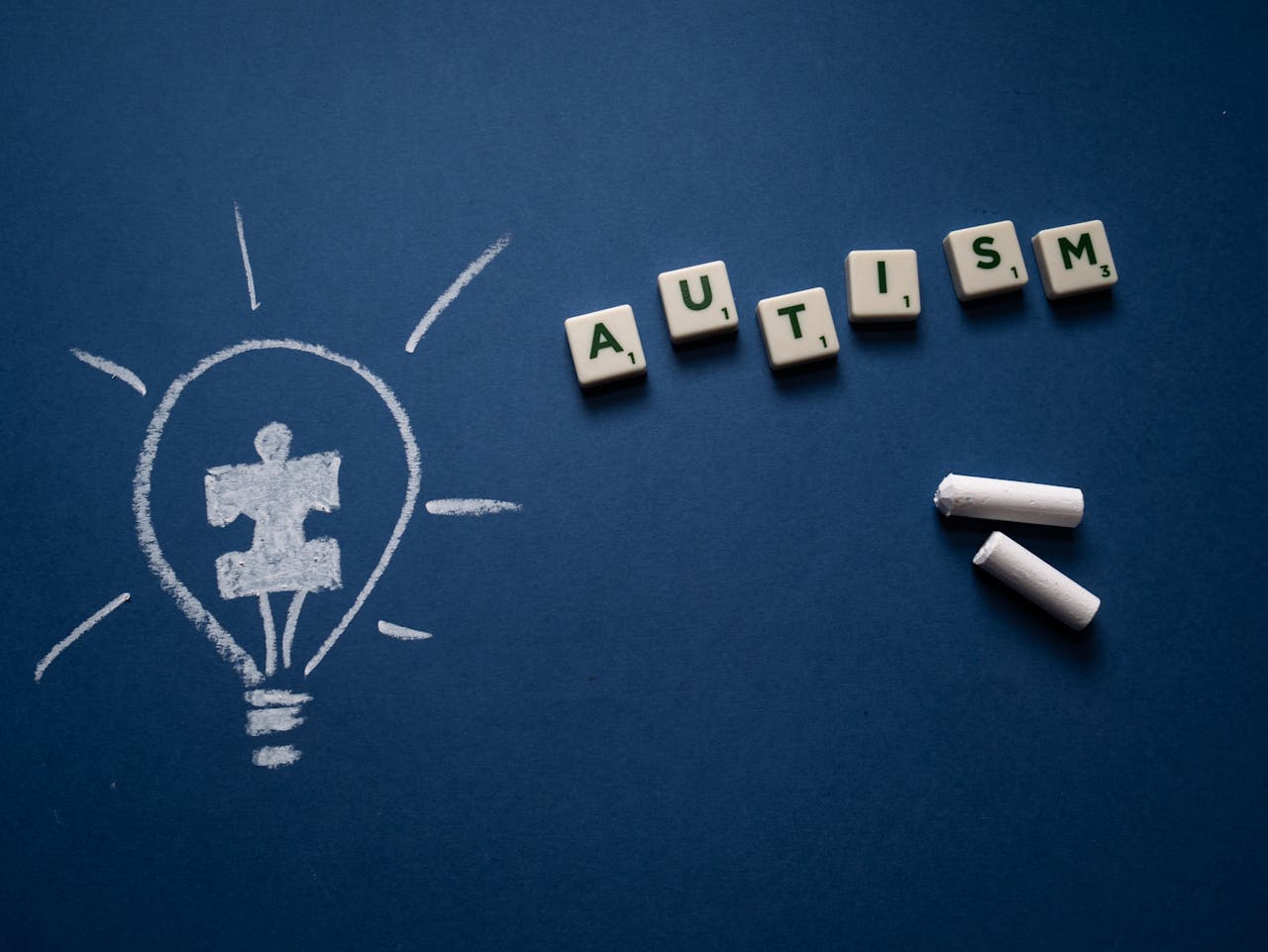Autism spectrum disorder (ASD) is a complex neurodevelopmental condition that affects individuals in various ways, including challenges with social interaction, communication, and repetitive behaviors. One of the most concerning aspects for caregivers and professionals alike is the potential for aggression in individuals with autism. Understanding the triggers and implementing effective strategies to calm aggression episodes is crucial for promoting safety and well-being for both the individual with autism and those around them.

What to be Aware of

Triggers: Identifying triggers is paramount in managing autism aggression. Triggers can vary widely among individuals but may include sensory overload, changes in routine, communication difficulties, and frustration due to unmet needs or desires.
Communication Challenges: Individuals with autism may have difficulty expressing their emotions or needs verbally. Aggression can sometimes be a result of frustration or anxiety stemming from communication challenges. Imagen you know what you want in your mind but you can’t vocalize or find a way to tell others what you want. Would this cause a bit of frustration for you?
Sensory Sensitivities: Many individuals with autism experience sensory sensitivities, which can lead to overwhelm and, consequently, aggression. Understanding and managing these sensitivities can significantly reduce the likelihood of aggressive outbursts. Some individuals on the spectrum do not like physical contact. Although we may show affection to others in this way, individuals on the spectrum may not.
Co-occurring Conditions: It’s essential to recognize that autism often coexists with other conditions such as anxiety, depression, or attention-deficit/hyperactivity disorder (ADHD). These conditions can exacerbate aggression and must be addressed comprehensively.
Physical Triggers: In some cases, physical discomfort or pain can contribute to aggression. It’s crucial to rule out any underlying medical issues that may be causing distress.
Ways to Calm an Autism Aggression Episode
Maintain Calmness: Remaining calm is key during an aggression episode. Individuals with autism can pick up on the emotions of those around them, so staying composed can help de-escalate the situation more effectively. It can also prevent things from escalating.
Establish Predictability: Structure and routine are essential for individuals on the spectrum. Establishing predictability can help reduce anxiety and prevent aggression. Visual schedules and clear communication about daily activities can be beneficial. Communicate what they can expect next.
Provide a Safe Environment: Create a safe space where the individual can retreat during moments of distress. This space should be calming and free from sensory triggers. Padding is best with no glass or items they can through around.
Use Visual Supports: Visual supports such as visual schedules, social stories, or picture cards can aid in communication and understanding, reducing frustration and aggression.
Implement Sensory Strategies: Sensory tools and strategies such as weighted blankets, fidget toys, or noise-canceling headphones can help regulate sensory input and promote relaxation.
Encourage Self-Calming Techniques: Teach and encourage the individual to use self-calming techniques such as deep breathing, progressive muscle relaxation, or mindfulness exercises. Pressure is also knowing to help in situations such as squeezing arms, fingers and legs.
Offer Choices: Providing choices empowers individuals with autism and can help them feel more in control of their environment. Offering choices within reasonable limits can help prevent or diffuse aggression.
Redirect Attention: Redirecting attention to a preferred activity or interest can help shift focus away from the trigger and reduce aggression.
Use Positive Reinforcement: Acknowledge and praise positive behavior, no matter how small. Positive reinforcement can help reinforce desired behaviors and encourage cooperation.
Seek Professional Support: If aggression persists despite implementing strategies, seek support from professionals experienced in working with autism. A behavior therapist or psychiatrist can provide individualized strategies and interventions to address aggression effectively.
Managing autism aggression requires a comprehensive understanding of the individual’s triggers and needs, as well as effective strategies for de-escalation and prevention. By creating a supportive environment, implementing sensory strategies, and fostering effective communication, caregivers and professionals can help individuals with autism navigate challenging situations more successfully. With patience, understanding, and appropriate support, aggression episodes can be minimized, promoting the well-being and quality of life for individuals with autism and those who care for them.



